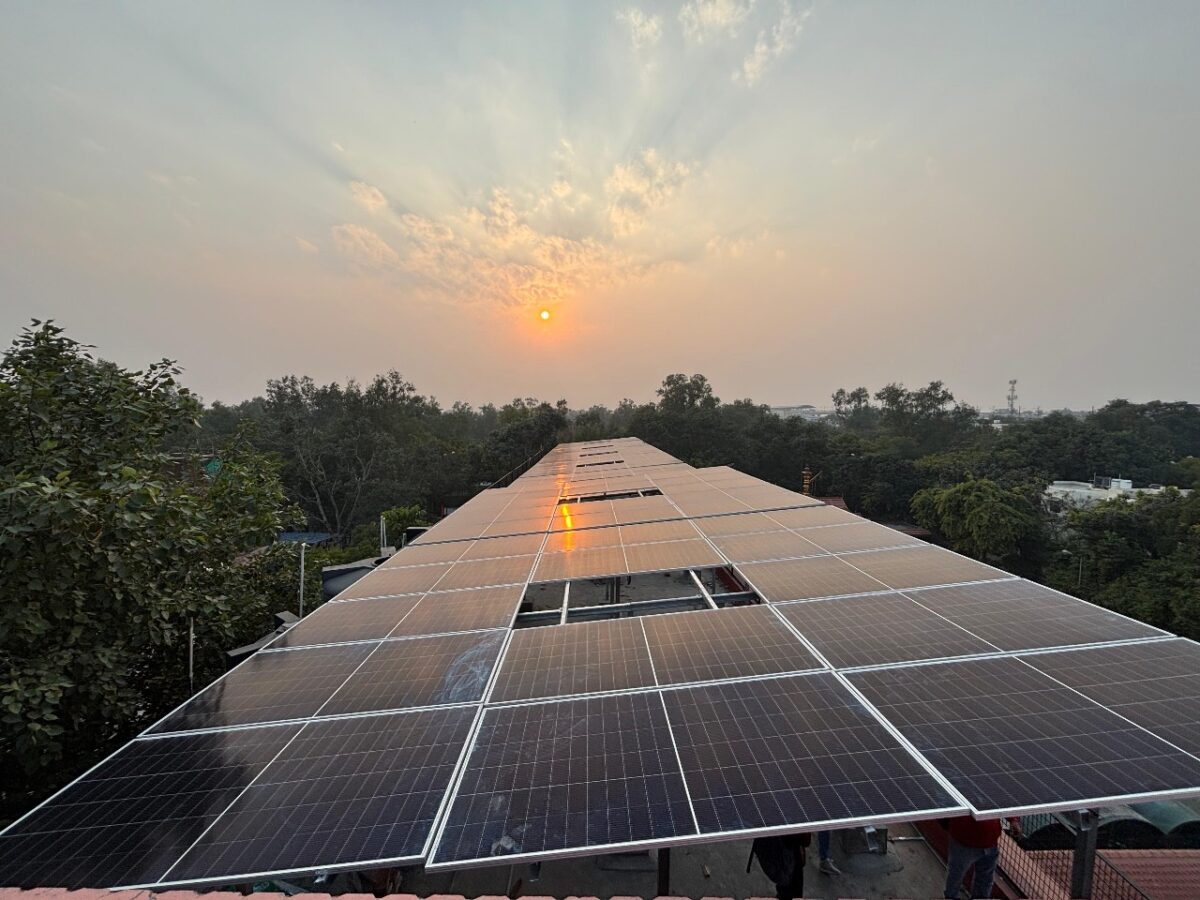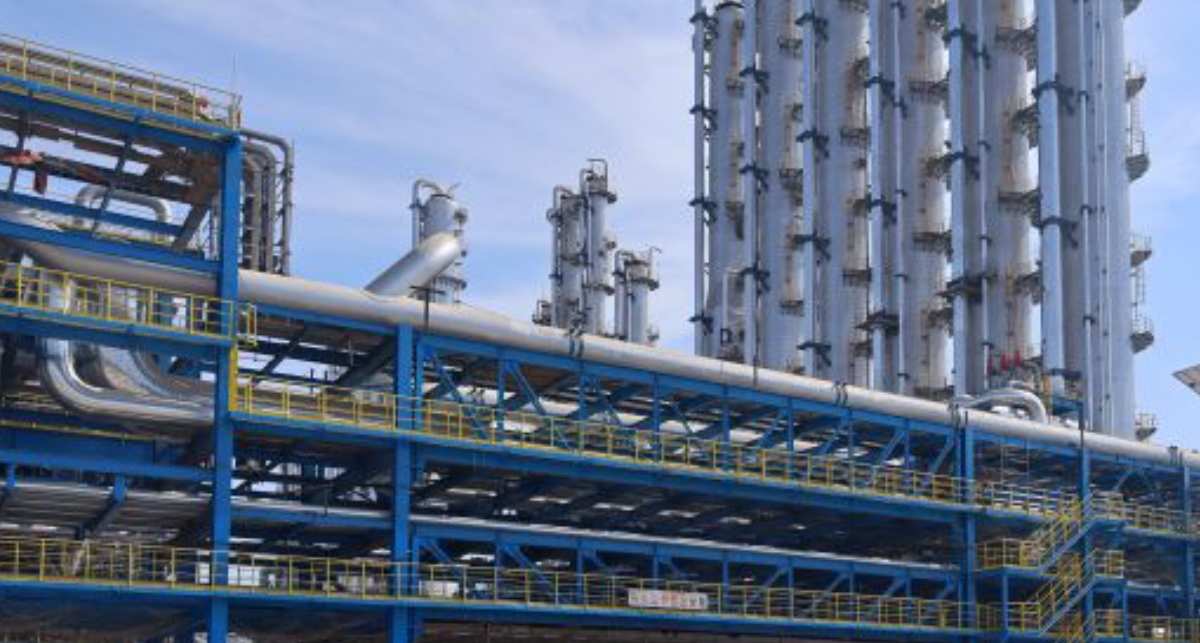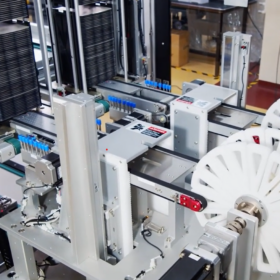Solar panels on rooftops are becoming a preferred way of reducing power bills, decreasing carbon footprints, and becoming energy independent. With this shift in mindset, the Indian government launched the PM Surya Ghar: Muft Bijli Yojana (PMSGMBY), the world’s largest domestic rooftop solar scheme. This scheme is not just about harnessing sunlight; it’s about empowering every Indian home to light up the future, sustainably and freely.
The scheme has already created a historical milestone of 10 lakh houses lit with solar energy up to March 2025. The scheme is making solar waves like no scheme has ever done before. Under PMSGMBY, over 613,000 households have already benefited from a subsidy worth INR 4,770 crore. Collateral-free loans from 12 public sector banks, worth up to INR 2 lakh at a subsidised interest rate of 6.75%, are also provided as a part of this scheme. Until now, 128,000 loans have already been given out.
The programme guarantees zero electricity bills in many cases and a smooth transition of subsidy in just 15 days. With each installation, we reduce as much carbon as is done by planting 100 trees and speed up India towards a greener, cleaner tomorrow.
But despite the promise of “free electricity from the sun,” putting solar on your roof is a major project—one that demands forethought. As with any major home improvement project, it pays to do your research. Here’s what every homeowner must know before switching to solar.
Are you paying high per unit electricity charges?
Start by checking your electricity bill to assess how much energy you consume and how much you pay for it. If your monthly bill is more than INR 1,500 continuously, especially in areas where power tariffs are in high class – INR 6 to INR 8 per unit or more – you are an ideal candidate for roof solar. The reason for this is simple: Solar energy reduces the units you have drawn, which directly reduces your bill. And the higher the cost of your unit, the faster your solar system pays for yourself.
For example, if your home uses about 300–400 units a month, and you are in a high tariff slab, your annual power expenditure can easily cross INR 20,000. With solar, you can potentially cut it up to 70–90%, depending on the size and use pattern of your system. Over 5-6 years, your savings can be equal to or higher than your early solar investment, which can make solar not only environmentally sound but financially intelligent.
Is your rooftop shadow-free?
For best performance of solar panels, uninterrupted access to direct sunlight is necessary. Even small shadows – whether water tank, chimney, nearby buildings, or trees – can significantly reduce the energy production of a system. Completely assess the roof or request a solar site survey to determine the risk of the sun on your roof throughout the day and in seasons.
Ideally, your roof should receive at least 5-6 hours of direct sunlight, year-to-year for optimal performance. A flat, south-facing roof for solar installations in India due to maximum sun exposure is usually considered ideal. West-facing roofs can also give good results, especially for homeowners who consume more power during noon and evening. If your roof is towards east or north, do not worry – solar can still be viable with the help of specially designed growing structures that adjust the tilt and orientation of panels to catch maximum sunlight. The key is to work with a seller that analyzes a proper shade using the software tool and ensures that the system design adjusts the unique layout of your roof.
Do you have the right documents for subsidy?
Under the Government of India’s Rooftop Solar Programme Phase II, homeowners are eligible for up to 40% subsidy for systems up to 3 kW and 20% for systems between 3–10 kW. To benefit, ensure these documents are in order:
- Recent electricity bills
- Property ownership proof
- Aadhaar and PAN card copies
- Bank account details
- Net metering application
- Approved system layout and vendor details
- Proper documentation will ensure a smoother subsidy and net metering process.
Choosing the right vendor
Your solar journey heavily depends on your vendor. Choose one who offers not just installation but also long-term support. Key points to check:
- MNRE or DISCOM empanelment
- Local installation experience
- Use of Tier-1 panels and BIS-certified inverters
- Clear, detailed proposal with ROI estimates
- Transparent warranty terms (25 years for panels, 5–10 for inverters)
- Annual Maintenance Contract (AMC) options
- Customer reviews and references
- Assistance with subsidy and net metering
- Avoid vendors who offer extremely low quotes at the cost of quality or skip critical services.
What to check in the proposal
Before signing any contract, the vendor’s proposal must clearly include:
- System size (in kW) and estimated monthly power generation
- Detailed cost structure (equipment, GST, installation)
- Net metering and subsidy application support
- Expected savings and payback timeline
- Product warranties and datasheets
- Site layout and panel orientation
- Maintenance schedule and support contact
A detailed and transparent proposal is a hallmark of a professional vendor.
Must-have technical details in the proposal
Ensure the proposal includes these seven essential technical elements:
- Solar Panel Specs
- Type (mono, poly, bifacial)
- Efficiency (>19% preferred)
- Warranty (10 years product, 25 years performance)
- BIS certification
- Inverter Details
- Type (string, micro, hybrid)
- Capacity match
- Warranty (minimum 5 years)
- System Design
- Layout with tilt and direction
- Shadow analysis
- Rooftop space utilized
- Mounting Structure
- Material (hot-dip galvanized or aluminum)
- Wind resistance and corrosion protection
- Cabling and Wiring
- Weatherproof cables
- Correct gauge and safety conduits
- Protection Devices
- SPD, earthing, lightning arrestors
- DC/AC isolators and breakers
- Monitoring System
- Real-time tracking via mobile/web app
- Alerts for issues
- Easy interface
Final thoughts: Don’t just go solar—go smart
Solar is a long-term investment that lasts 25 years or more. To ensure maximum savings and peace of mind, it pays to be well-informed. Understanding your energy needs, rooftop feasibility, subsidy documentation, and choosing a high-quality vendor will help you avoid common mistakes.
The views and opinions expressed in this article are the author’s own, and do not necessarily reflect those held by pv magazine.
This content is protected by copyright and may not be reused. If you want to cooperate with us and would like to reuse some of our content, please contact: editors@pv-magazine.com.








Now a days with bifacial PVs turf/terrace shade and reflectivity plays a vital role. A fully white terrace augments the generated units 10 – 30% towards the end of the day.
Some of the other pivotal parameters not covered in this article are
1. Temperature/Wind – Higher the temperature, higher are the losses. However temperature cannot be controlled without spending the units generated in of cooling by means of fan or sprinklers. With average wind of 15 to 22km/h during scorching summer temperatures of 42 -45deg one can get same generation as during month of March and April .
2. Continuity of Grid supply – As majority PV installation are done with ongrid inverters, continuity of Grid supply plays decisive role. With Grid outage incase of PV installation having ongrid inverters, export of solar power generated stops. Areas experiencing frequent power cuts shall consider PVs + MPPT charger + Inverter + Battery Installation which is also a offgrid arrangement. However this installation is not incorporated in PMSGMBY, but it ensures availability of power during power cuts.
3. Dirt accumulation – Cleaner the surface of PV, higher is the output. One can regularly clean the PV by manually with pressure washers and other accessories available for PV which is optimal way in terms of cost. Either can be done with automation which might not be seem economical for lower rating PV installations. Height of PV installation shall be planned accordingly if it is to be done manually for thorough access of all PV modules.
Dimension missed from Economics perspective in this article is – EV
With growing numbers of EVs on road, if one is planning for new automobile in the family along with PV installation, it would be wise to chose EV instead. With EV the ROI for PV gets accelerated depending of the usage of EV by the person. For illustration consider a 2 wheeler EV which runs 100kms with charge of 3 units. Here ROI for 3 units will be almost equivalent to cost of 2liters of petrol which is the average fuel efficiency of standard mopeds in market these days.
Despite this aspect not applicable to wide population in India, but this information on average brochure of PV can help many urban/metro families having multiple vehicles for daily commute.
This platform can be utilised to not only increase the green energy consumption but to optimize the utilization. Here optimisation does not lies only in generation of power by PV but in utilisation . By putting this green energy on roads we are taking off the carbon going in air which further augments the air quality. This further helps to reduce survival on fossil fuels not only for power generation but also for daily commute/mobility.